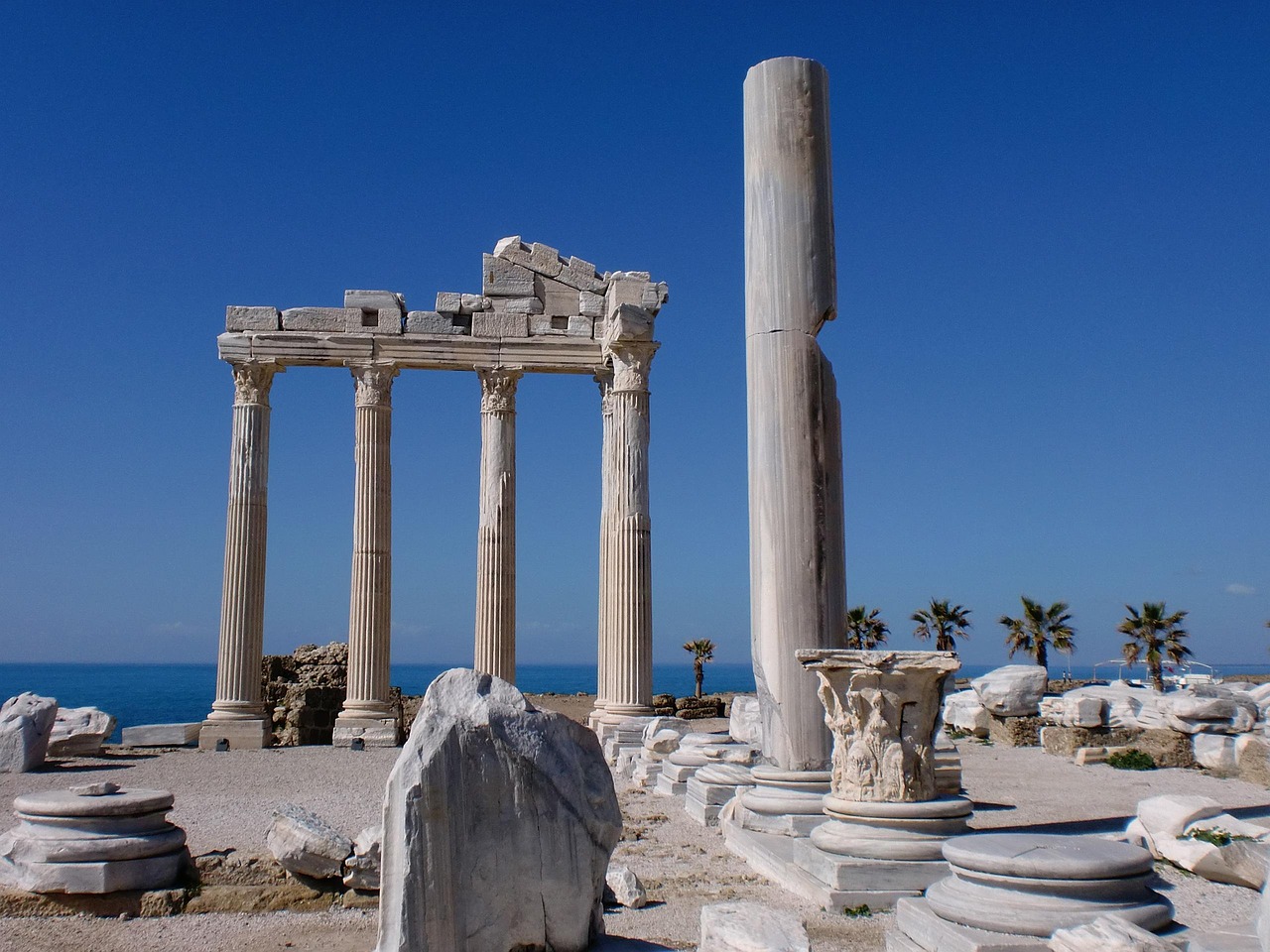Canada: The Ultimate Travel Guide 2025

Stretching across North America, Canada is a land of stunning natural beauty, diverse cities, and rich cultural experiences. Whether exploring the cosmopolitan streets of Toronto, wandering through the charming old town of Québec City, or immersing yourself in the rugged wilderness of Banff National Park, Canada offers an adventure for every traveler. Its vast landscapes range from towering mountains to serene coastal shores, creating breathtaking backdrops year-round.
For outdoor enthusiasts, Canada is an unparalleled destination. The majestic Rocky Mountains in Alberta provide world-class skiing, hiking, and wildlife spotting, while the Bay of Fundy in New Brunswick showcases the highest tides in the world. The Great Lakes, bordering Ontario, offer scenic waterfront retreats, and the remote beauty of Yukon promises epic northern landscapes. Whether paddling through Algonquin Park or admiring the magical northern lights in Yellowknife, Canada’s natural wonders never disappoint.
Beyond its landscapes, Canada is rich in culture and gastronomy. The vibrant city of Montreal boasts a dynamic arts scene and iconic dishes like poutine and smoked meat sandwiches. The West Coast’s Vancouver blends Indigenous heritage with modern innovation, offering stunning harbor views and fresh seafood. From exploring Indigenous traditions in Manitoba to tasting world-renowned ice wine in Niagara, every corner of Canada delivers unique experiences that leave a lasting impression.
Table of Contents
- History of Canada
- Early Indigenous Civilizations in Toronto
- French and British Colonization in Quebec City
- Confederation and Ottawa’s Rise
- Modern Canada and Vancouver’s Growth
- Best Time to Visit Canada
- Visiting Canada in Winter
- Visiting Canada in Spring
- Visiting Canada in Summer
- Visiting Canada in Autumn
- Food and Drink from Canada
History of Canada
Early Indigenous Civilizations in Toronto
Long before European settlers arrived, Toronto and its surrounding regions were home to Indigenous peoples, including the Huron-Wendat, Haudenosaunee, and Mississaugas. These communities thrived on fishing, hunting, and agriculture, developing complex trade networks and spiritual traditions. Archaeological evidence suggests that Indigenous settlements in the area date back thousands of years, shaping the cultural foundation of the region.
French and British Colonization in Quebec City
In 1534, French explorer Jacques Cartier claimed the land for France, leading to the establishment of Quebec City in 1608 by Samuel de Champlain. The city became the heart of New France, serving as a center for fur trading and European expansion. However, conflicts between the French and British intensified, culminating in the Battle of the Plains of Abraham in 1759, where British forces took control of Quebec City, marking a turning point in colonial rule.
Confederation and Ottawa’s Rise
By the 19th century, political movements pushed for unification, leading to the Confederation of Canada in 1867. Ottawa was chosen as the capital, symbolizing the new nation’s governance. The country expanded rapidly, incorporating new provinces and territories while developing infrastructure such as the Canadian Pacific Railway, which connected eastern and western regions.
Modern Canada and Vancouver’s Growth
Throughout the 20th and 21st centuries, Vancouver emerged as a major economic and cultural hub, reflecting Canada’s shift toward urbanization and global influence. The city played a key role in international trade, technology, and environmental initiatives. Canada’s political landscape evolved, with milestones such as the Statute of Westminster in 1931, granting greater autonomy, and the Constitution Act of 1982, solidifying national independence. Today, Vancouver stands as a vibrant metropolis, embodying Canada’s diverse heritage and progressive future.
Best Time to Visit Canada
Visiting Canada in Winter
From December to February, Canada transforms into a winter wonderland, perfect for skiing, snowboarding, and ice skating. Destinations like Whistler and Banff offer world-class slopes, while Quebec City’s Winter Carnival showcases ice sculptures, parades, and traditional festivities. This season is ideal for travelers who enjoy snowy landscapes and cozy winter experiences.
Visiting Canada in Spring
Between March and May, Canada welcomes blooming landscapes and milder temperatures. The Vancouver Cherry Blossom Festival celebrates the arrival of spring with stunning floral displays, while Ottawa’s Tulip Festival fills the city with vibrant colors. This season is great for nature lovers and those looking to explore cities without peak-season crowds.
Visiting Canada in Summer (Best)
From June to August, Canada is at its liveliest, making it the best time to visit. Warm temperatures allow for outdoor adventures in Banff National Park, coastal escapes in Nova Scotia, and city festivals in Toronto and Montreal. The Calgary Stampede, held in July, is a must-see event featuring rodeos, concerts, and cultural showcases.
Visiting Canada in Autumn
Between September and November, Canada is painted in stunning fall colors, making it a picturesque time to visit. The Rocky Mountains and Algonquin Park offer breathtaking foliage, while the Toronto International Film Festival in September attracts global cinema enthusiasts. This season is perfect for scenic road trips and cultural experiences.
Food and Drink from Canada
1. Poutine
One of Canada’s most iconic dishes, Poutine consists of crispy French fries topped with cheese curds and smothered in rich gravy. Originating in Quebec, this comfort food has gained nationwide popularity, with variations including pulled pork, smoked meat, and even lobster.
2. Butter Tarts
A classic Canadian dessert, Butter Tarts feature a flaky pastry shell filled with a gooey mixture of butter, sugar, and eggs. Some versions include raisins or pecans, adding extra texture and flavor.
3. Nanaimo Bars
Named after the city of Nanaimo in British Columbia, these no-bake layered bars consist of a crumbly base, a creamy custard filling, and a rich chocolate topping. They are a beloved treat across Canada.
4. Montreal-Style Bagels
Distinct from their New York counterparts, Montreal-style bagels are smaller, denser, and slightly sweeter. They are boiled in honey-sweetened water before baking, giving them a unique flavor and texture.
5. Peameal Bacon
Also known as Canadian bacon, Peameal Bacon is a lean, brined pork loin rolled in cornmeal. It’s often served in sandwiches and is a specialty in Toronto, particularly at the famous St. Lawrence Market.
6. Saskatoon Berry Pie
Made with Saskatoon berries, which resemble blueberries but have a nuttier flavor, this pie is a staple in the Prairie provinces. The berries were historically used by Indigenous communities for their nutritional value.
7. Tourtière
A traditional Quebecois meat pie, Tourtière is made with minced pork, beef, or veal, seasoned with spices and baked in a flaky crust. It’s especially popular during the holiday season.
8. Maple Syrup
Canada produces about 71% of the world’s maple syrup, primarily from Quebec. This sweet syrup is used in everything from pancakes to glazes for meats and desserts.
9. BeaverTails
A deep-fried pastry shaped like a beaver’s tail, BeaverTails are topped with various sweet toppings, such as cinnamon sugar, chocolate, or fruit. They originated in Ottawa and are a favorite among visitors.
10. Caesar Cocktail
A uniquely Canadian cocktail, the Caesar is made with vodka, Clamato juice, hot sauce, and Worcestershire sauce, served in a glass rimmed with celery salt. It’s a staple in bars across the country and is often enjoyed with brunch.








